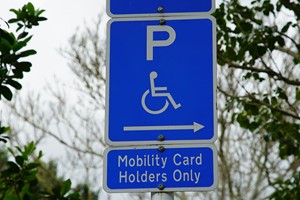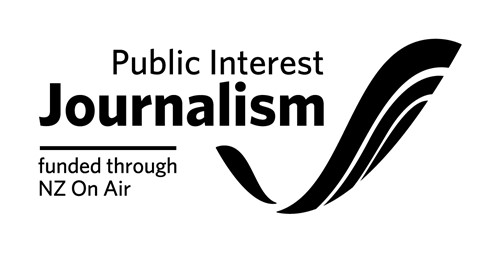
Imagine not being able to catch a bus. Not being able to hail a taxi and get in. Taking five minutes to board the ferry whilst hundreds of early morning commuters wait behind you. Being terrified of tripping or slipping in the gap between the train and the concrete platform. For hundreds of thousands of New Zealanders with a disability, this is their daily reality. Investment in schemes that remove these challenges for the disabled community is taxpayer money well spent. These are individuals who, through no fault of their own, find travelling to university, work or the gym, the hardest part of their day.
The Free Fares to Freedom campaign is working towards reinstating free public transport for people with disabilities (There was a brief period from April to June 2020 where all costs were waived). The disability community are unanimous in their support for this movement, given the independence and freedom that transportation at no cost provides. As their petition to Parliament states, “free fares would enable us to thrive, not just survive”. Let’s hope the Government takes notice.
There was hope when Waka Kotahi announced the results of their recent investigation into disability sector transportation.
Any hope however was short lived, as the August 2022 report on disabled people’s lived experiences of the transport system across the whole of New Zealand revealed no surprises.
As a means of ensuring more equitable access to transportation, Waka Kotahi introduced the Total Mobility scheme. Is it still fit for purpose ?
The Total Mobility (TM) scheme assists eligible people with a permanent disability or impairment to access appropriate transport to enhance their community participation.
TM cards in NZ currently get you 75% off public transport fees and a selection of taxi services. It used to be 50% of the fare, then during the Covid 19 lockdowns the Government pushed it up to a 75% discount until January 2023 at this stage. How hard could it really be to remove the final 15 percent for those that really need it?
As part of their report, Waka Kotahi interviewed the drivers and organisations that offer Total Mobility across the country. They also interviewed the clients - people with disabilities.
The Drivers’ Perspective
- Total Mobility could be improved if regulations were consistent across different cities.
- Total Mobility needs to be advertised more effectively to ensure maximum utilisation by the disability community.
- More taxi companies need to be Total Mobility accredited. Giving users more choice and control over their transportation.
- There needs to be a higher number of taxis that are able to transport larger wheelchairs.
- Drivers under the scheme require more training around supporting their clients into and out of taxis.
- The Total mobility discount should be increased to ensure disabled people are choosing to leave their homes and engage with their communities.
The Client Perspective
- There are still a large number of taxi providers that don’t accept Total Mobility cards.
- At peak times, taxis are really hard to book. This can be the difference between getting to work or not.
- Disabled people generally earn lower incomes than non disabled Kiwis and have a higher unemployment rate. This results in less disposable income for transport.
- Buses often don’t operate the way they are expected to. People with disabilities report buses leaving before they can get on, and passengers not clearing space for those using wheelchairs.
- People with high level disabilities found busy footpaths intimidating, due to the very real risk of being knocked by a scooter or bike rider.
- Disabled carparks are notoriously abused in NZ, with minimal enforcement and penalties. Anecdotally, disabled carparks are taken by those without mobility parking permits half the time.
- Footpaths around NZ are often designed without wheelchair users in mind, meaning that navigating independently around the city can be highly challenging.
Accessibility Consultant, Pete Williams, says - “From personal experience, outside the hours of 9-5pm, it can be near impossible to find an available taxi that can cater to a passenger in a wheelchair. This is not good enough.”
Uber has long been touted as a cheaper option for people with disabilities but that’s often not the case. On a trip of the same distance, using the current Total Mobility discount, taxis still come out cheaper. Uber completed a mobility trial in 2017 that had minimal impact on services, other than the Uber Assist service. This does offer extra assistance to those with limited mobility, but not reduced fares.
Where to from here?
The new Ministry for Disabled People say they are in conversation with NZ Transport. This gives the disabled community reason to be optimistic. Every trip has to begin somewhere.



